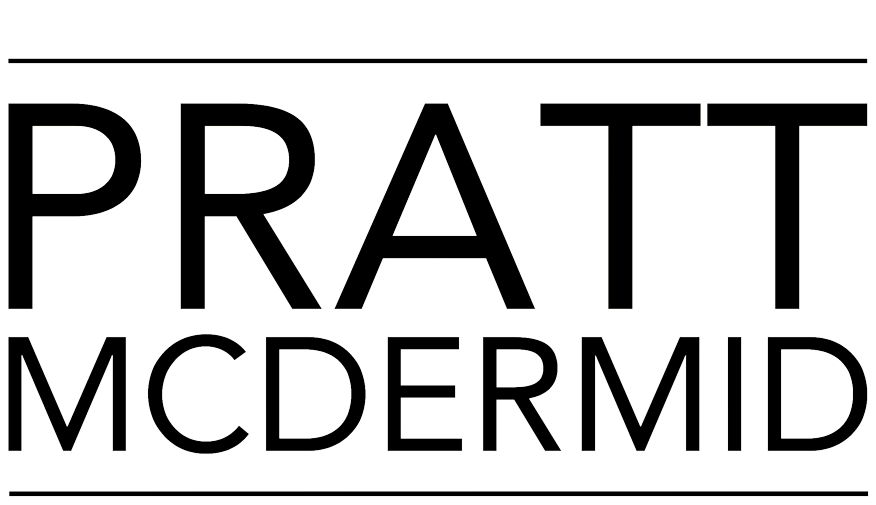
PATENT FOR CANADIAN CLIENTS
For any technology, an inventor can choose to keep it secret, dedicate it to the public domain by public disclosure, or seek patent protection. No other option exists, whether done well or poorly. A patent application is a transferable intangible asset that represents the possibility to obtain a proprietary right for commercialization of an invention. Inventions are always an improvement to base technology, and often integrate various known components, so a patent does not render the patentee harmless from infringing earlier patents, but instead grants the right to exclude, within certain limits, others from making, using or selling the patented invention, namely the new combination.
A patent’s right is based on the patent claims. A patent claim is a definition of a combination of elements. A claim can define a structure or a process. It is this combination that must be new in accordance with national patent law and not obvious, namely not implicitly known or suggested by the applicable state of the art. Structure includes compositions of matter, a mechanical construction, a machine, a device or apparatus, a system, a circuit, etc. A process is a combination of actions or steps that produces a tangible result. A claim must define an invention that has usefulness in a commercial or industrial application. Some countries impose restrictions on what can be patented, for example, methods of medical treatment are excluded in Canada and the European Patent Office from patentability. Software as computer program code itself is excluded from patent protection in most countries, however, the new and inventive structures or methods created or implemented by software are often patentable.
In Canada and in most countries except the US, a patent is granted to the first inventor to file for a patent, and thus priority is determined by filing date alone. In the US, there remains the possibility that the first inventor could be awarded the patent when a later inventor of the same invention files before the first inventor. Discussion is underway in the US to move to a first-to-invent system. As a by-product of the first-to-invent system, the criteria for novelty, namely what can be considered the state of the art, is different for the US than other countries. For example, whatever is demonstrated or used in public in the US, whether the technical details are hidden or not, enters into the state of the art one year after the date of public use. Likewise, whatever is the object of an offer for sale in the US, whether public or confidential, enters into the state of the art one year after the date of public use.
In working with innovative companies, our goal is to leverage the knowledge base gained through R&D, manufacturing and marketing experience to create valuable intellectual property assets. We are deeply involved with our client in defining an IP strategy and determining which inventions should be patented.
Steps Summary
Steps in securing patent protection:
- Review innovation performed with inventors and business strategy with directors to define objects of interest to patent
- Determine closest state of the art relevant to objects of interest – possible search effort, and review of plans to disclose invention to public
- Determine patentability of selected invention and subject matter to be claimed
- Prepare technical description of invention relevant to claimed subject matter, patent claims and suitable drawings
- File first patent application with Patent Office – patent pending status established
- File any desired corresponding patent application within one year of first filing with priority of filing date of first filing for common description. For many countries, an intermediate Patent Cooperation Treaty international patent application is filed, and later converted to national patent applications by 30 months from the priority date.
- Patent application is published at 18 months
- Examination of patent application at national Patent Office – negotiation with Patent Office Examiner to obtain broad, valid scope of claims
- Appeal process or Grant of national patent – enforceable rights begin with Grant or Issue of patent
- Maintenance fees to keep application or patent in force for maximum of 20-year term




